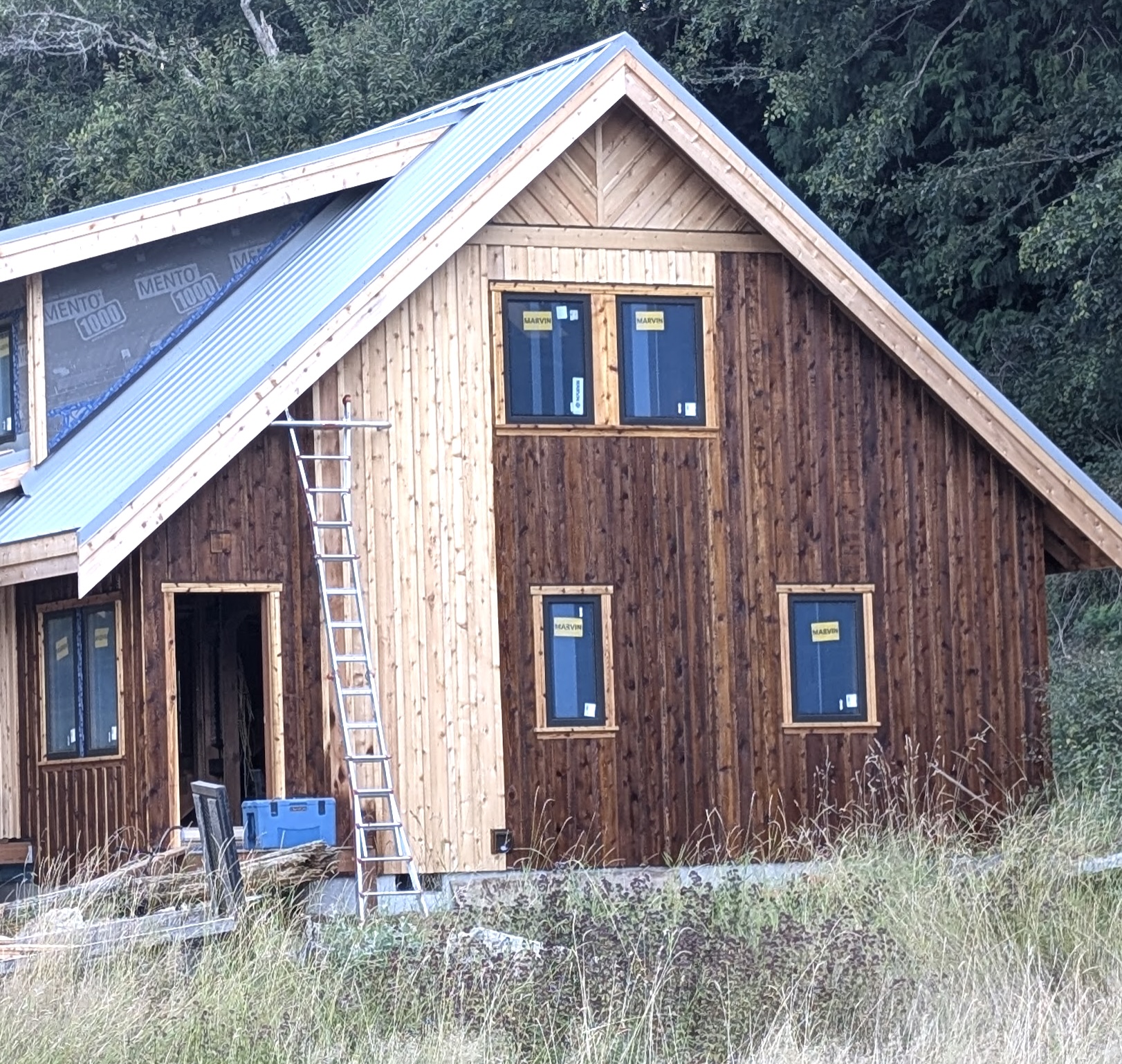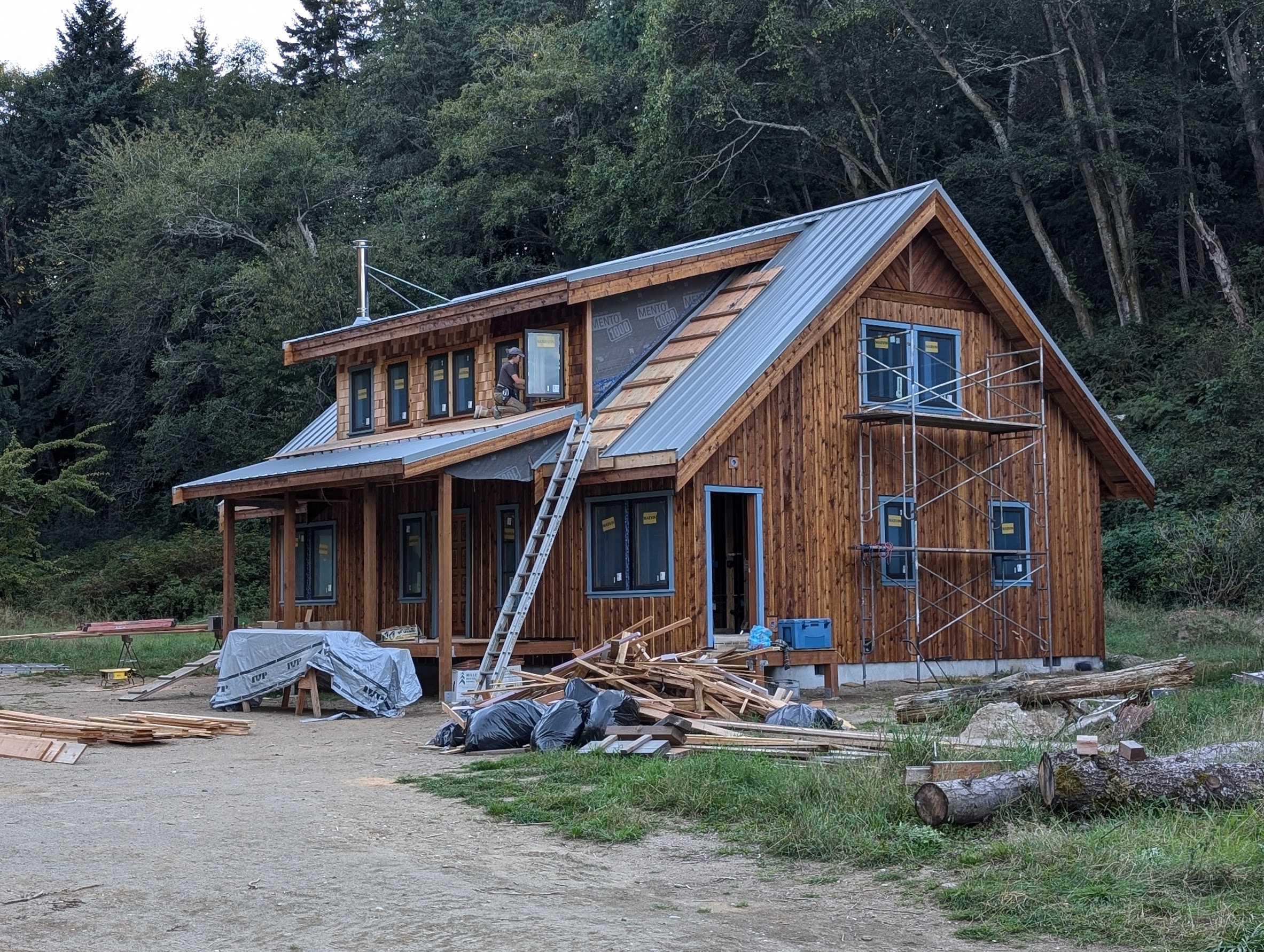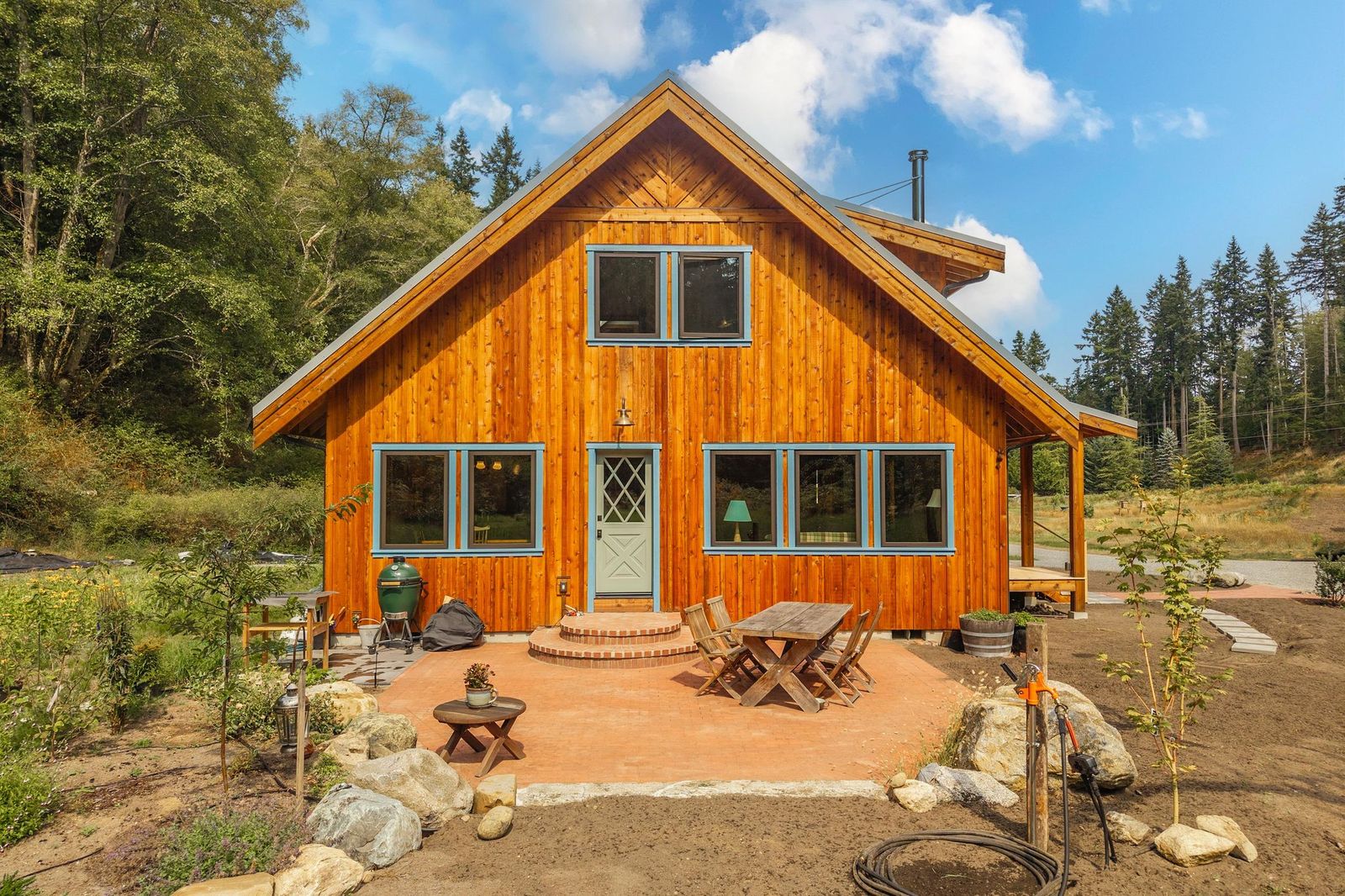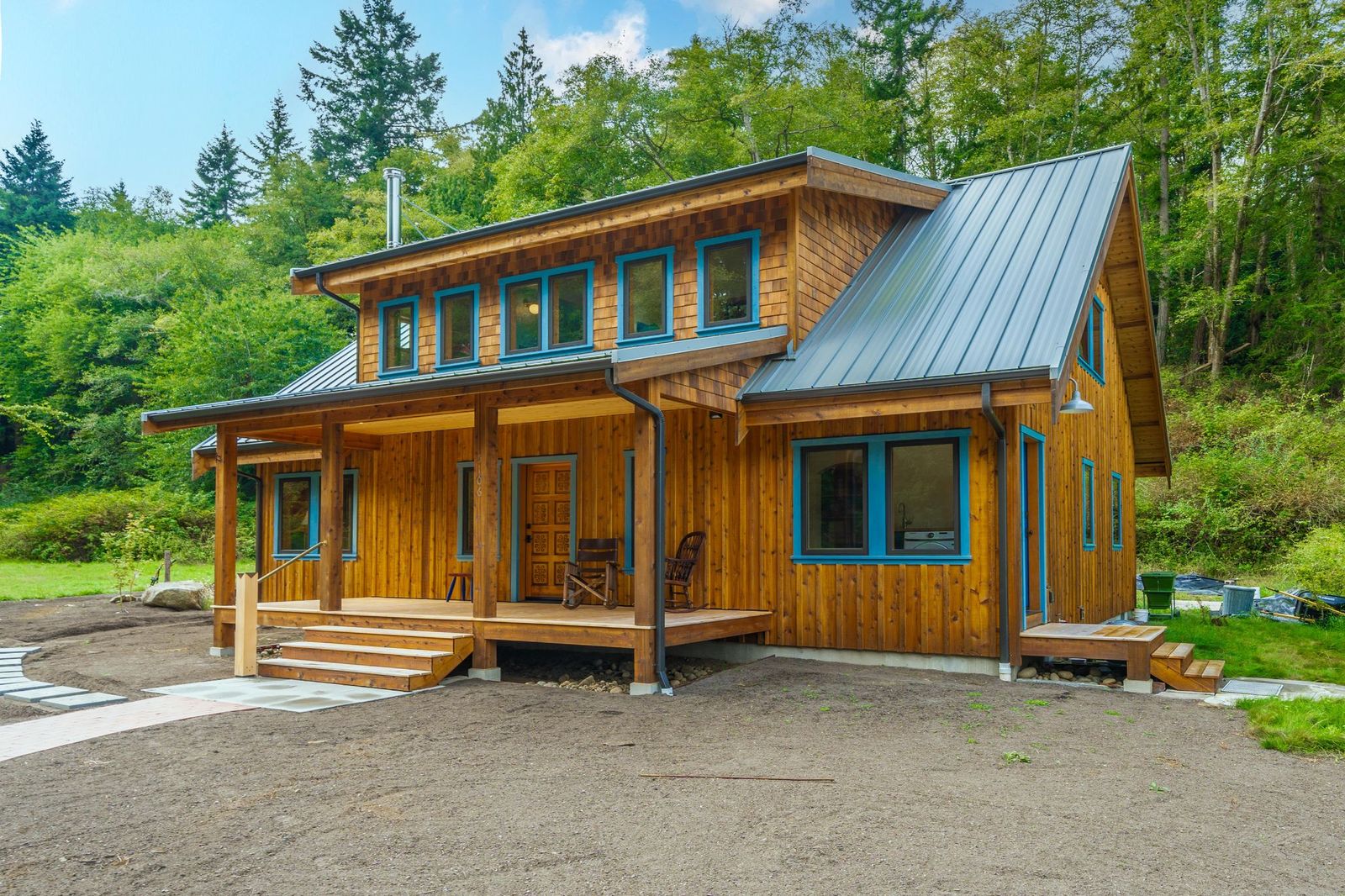Pine Tar
Pine tar used to be a major export from Scandanavia as a wood preservation. It was essential for maintaining wooden ships and it is still used as a wood preservative today. We decided to use it on our new house.
My first experience with pine tar was not the best. I bought something generic meant for horse hooves and it had an intense creosote odor. Lia absolutely hated the smell, which completely permeated a room if even a small amount were used. I wouldn’t buy pine tar from a farm store again.
We previously had a bad experience using just linseed oil (bought from the hardware store) as well. We had applied it to a woodshed once, and it caused the wood to turn black with mold and look terrible. I had heard that the higher quality linseed oil doesn’t promote mold growth and the pine tar additionally protects the wood.
For our house project we bought Ausen genuine pine tar 850 which we ordered from https://sagerestoration.com/ along with Allbëck Pure Linseed Oil. Pine tar by itself is rather thick, so we thinned it with a 1:1 solution of pine tar to linseed oil. I’m curious how it would work in comparison to use just pine tar and turpentine to thin it, but we didn’t do this anywhere on the building.
The pine tar/linseed oil mixture is still quite thick, so we needed to brush it in to an even thickness. We bought an expensive brush that immediately paid off. It quickly applies oil to a large area, and then can spread it quickly with a single stroke. It’s not a very agile brush though, so we used a smaller brush for any edges and corners.
While the pine tar is a pale golden color on planed wood, it turned the rough bandsawn cedar a deep brown. I think this is just because more pine tar ends up on the rough texture. While at first the darkness was rather alarming, we ended up loving the look. I’m curious if over time the color will darken or lighten.

The pine tar dries very slowly. We applied it in the summer, and even after a couple of weeks some boards would still be wet. But after a few weeks things seemed mostly dry and the smell was less noticible. Pine tar smells like a campfire, and the odor is quite strong after initial application. Our electrician showed up for work the next day and the inside of the house smelled like pine tar, so he was worried that something was burning. He eventually figured out that it was just the backside of the house.
Over most of the house we did 1:1, but on the chevron at the peak of the gable we did a 2:1 solution (more dilute pine tar). Surprisingly the 2:1 solution made the wood look more dark. I’m curious how it will age in time compared to the rest of the house.

2025 Update
We first applied pine tar in the late summer / fall of 2024, so I wanted to update this post with some pictures of how the house is looking a year later. Overall the colors has become much lighter.


